Betsy Doesn’t Have Time for Your Nostalgia Today


I like Squirrel Nutkin. Do not get me wrong. Sure I do. I do not want to hate on your Nutkin parade. Everyone is allowed to love the children’s books they love. If Nutkin’s your thing, then wave that little wacky red squirreled tail of yours proudly. I honestly do not care.
But when you come around to my house, crapping on the state of children’s books today, that’s when the blood begins to boil. And I’m not just talking about this commenter alone. I’m talking about any adult who starts publicly mourning the current state of children’s literature in 2019.
ADVERTISEMENT
ADVERTISEMENT
So what, precisely, is it that you wish was still around?
Is it the quality of the language? Or the quality of the art?
Are you seriously under the impression that picture books today cannot match Beatrix Potter’s artistic and literary prowess? Perhaps you are drawn to her use of watercolors. If so, may I be so bold as to introduce you to the Fan brothers? The Antlered Ship, released in 2017 taps into that woodland feel. Or you might like The Tea Party in the Woods by Akiko Miyakoshi or this year’s King Mouse by Cary Fagan. All of these, and many others, channel that specific feel of woodland creatures wearing the trappings of humans, making very human mistakes.
But let’s get beyond this specific complaint. I’ve heard lots of adults make similar comments over the years, from a variety of different backgrounds. So allow me now to address their concerns. What, I ask, makes you think children’s books today don’t cut it?
Is it the “safe” factor, where issues of the day didn’t make it onto the page?
You’ll get this one whenever a children’s book speaks to a specific topical issue. People will say that children’s books are getting too messagey. And granted, there are a LOT of didactic children’s books out there that are boring as all get out and will whap you over the head with their morals. But guess what? That has ALWAYS been the case, baby. Little Goody Two-Shoes isn’t just a phrase, y’know. What’s extraordinary is when an author of a picture book has something they want to convey and creates a truly amazing work of art, alongside the message. 2019 examples include, but are by no means limited to:
- When Aidan Became a Brother by Kyle Lukoff –
- You Are Light by Aaron Becker
- Lubna and Pebble by Wendy Meddour, ill. Daniel Egnéus
- Maybe Tomorrow? by Charlotte Agell, ill. Ana Ramírez González
- My Footprints by Bao Phi, ill. Basia Tran
- Paws + Edward by Espen Dekko, ill. Mari Kanstad Johnsen
- Rocket Says Look Up! by Nathan Bryon, ill. Dapo Adeola
Shall I go on? Because you know that I could.
Is it that children’s books today don’t have enough positive messages?
See above.
Is it that they just don’t produce long picture books that exceed 32 pages anymore?
Sure they do. Mind you, they don’t make as many of them these days, that I will grant. But that’s why the good Lord created independent publishers and translations. Take this year’s The Real Boat by Marina Aromshtam, illustrated by Victoria Semykina. Clocking in at a whopping 64 pages, this takes a little child’s tale of different kinds of boats and turns it into a quest narrative. There are other books like this out there. Stories with extended plots and storylines (like Wild Honey from the Moon by Kenneth Kraegel, perhaps?). You may just have to ask your local children’s librarian what they are.
Is it the fact that picture books just don’t take “risks” anymore?
This is a complaint that Maurice Sendak apparently used to bring up. That children’s literature had gotten too “safe” somehow. And sure, when you have five gigantic publishers that just want to make a buck, they’re going to try to iron out all the wrinkles that make a story interesting. But remember what I said just a second ago about independent publishers and imports from other countries? Some of the books I’ve read recently aren’t afraid to upset expectations. There’s the end of the new Helen Oxenbury illustrated edition of Beatrix Potter’s Little Red Riding Hood (you seriously won’t see it coming). There was also the devastating The Last Leopard by Cao Wenxuan, illustrated Rong Li. Do you like it when the protagonist gets eaten? Take a gander at Hungry Jim by Laurel Snyder, illustrated by Chuck Groenink, or Duckworth the Difficult Child by Michael Sussman, illustrated by Júlia Sardà. Maybe you mean stories that don’t always end happily, like Mango Moon by Diane de Anda, illustrated Sue Cornelison. Or if it’s just something weird you seek, try The Ear by Piret Raud.
And hey, even a big publisher will give something a chance if it does a good enough job. Have you seen Pokko and the Drum by Matthew Forsythe? Just saying . . .
Is it all the comics? Are you worried that that’s not “real reading”?
ADVERTISEMENT
ADVERTISEMENT
I mean, I don’t know what to tell you. If you can sit down and read The New Kid by Jerry Craft, Queen of the Sea by Dylan Merconis, and, say, The Prince and the Dressmaker by Jen Wang and then look me in the eye and tell me that those three are not classic works of literature then maybe there’s something more here at work than a mere aversion to the form.
Is it the fact that not everyone’s white anymore?
Admit it. When people get all gaga over “classic” children’s books, sometimes that’s just code for “white” children’s books. When I do my podcast with my sister (Fuse 8 n’ Kate) I work long and hard trying to find a variety of “classic” picture books that aren’t just white white white. And remember that in the past there were books like Perez Y Martina, The Boy Who Didn’t Believe in Spring, Tell Me a Mitzi, Stevie, Big Red Lollipop, and more. The books were out there. They just didn’t get a lot of press help from their publishers.
Plus, it’s not like we don’t have a lot further to go in the representation department these days. But pining for less representation, even if you won’t admit that that’s what you’re doing, is pitiful.
Because in the end, folks, here is what you need to do when you don’t see the kind of children’s book you want to. You find an expert. Someone who knows the new books coming out very well. Say, a children’s librarian. And you tell them what it is you want. And they will help you. They will find you those books. Lots of them. And you will be surprised. And you will want to know why they aren’t better known. And the answer is that there are SO MANY books for kids out today that there is no efficient way of keeping track of them all. And just because a Barnes & Noble is selling certain kinds of books, that doesn’t mean there aren’t a whole BUNCH out there that you’re not seeing.
So no. I’ve no patience with your nostalgia today. You are more than welcome to enjoy the past. Just don’t go about talking trash about the present in comparison.
Bird OUT!
Filed under: Uncategorized
About Betsy Bird
Betsy Bird is currently the Collection Development Manager of the Evanston Public Library system and a former Materials Specialist for New York Public Library. She has served on Newbery, written for Horn Book, and has done other lovely little things that she'd love to tell you about but that she's sure you'd find more interesting to hear of in person. Her opinions are her own and do not reflect those of EPL, SLJ, or any of the other acronyms you might be able to name. Follow her on Twitter: @fuseeight.
ADVERTISEMENT
ADVERTISEMENT
SLJ Blog Network
Name That LEGO Book Cover! (#53)
Exclusive: Vol. 2 of The Weirn Books Is Coming in October | News
Fighting Public School Book Bans with the Civil Rights Act
Take Five: Middle Grade Anthologies and Short Story Collections
ADVERTISEMENT

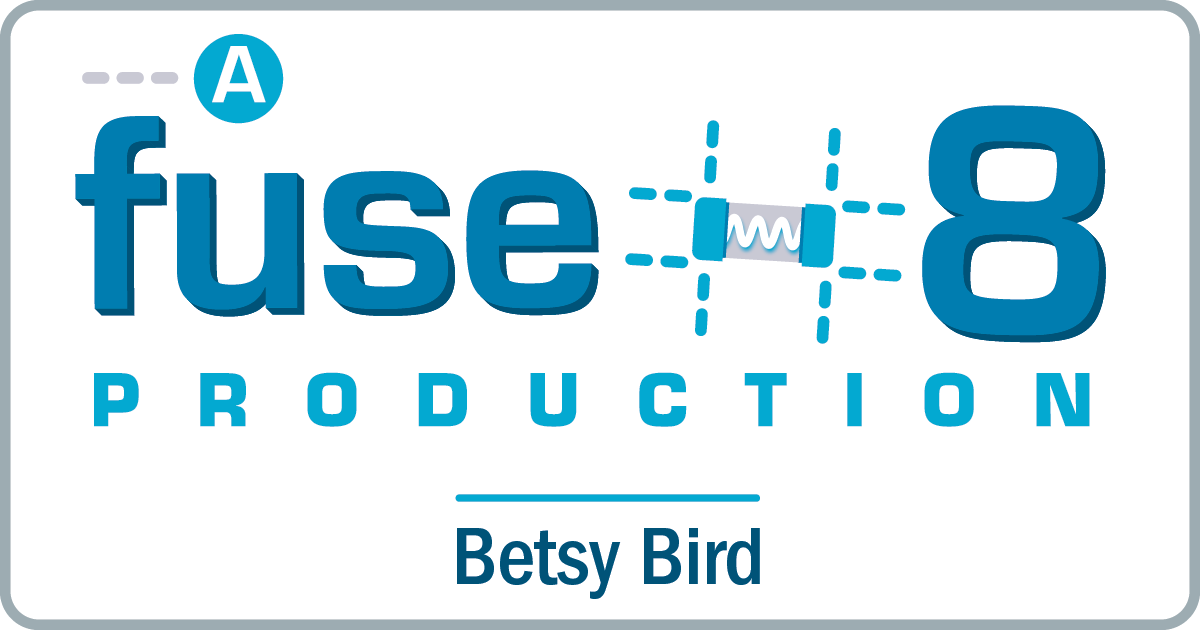

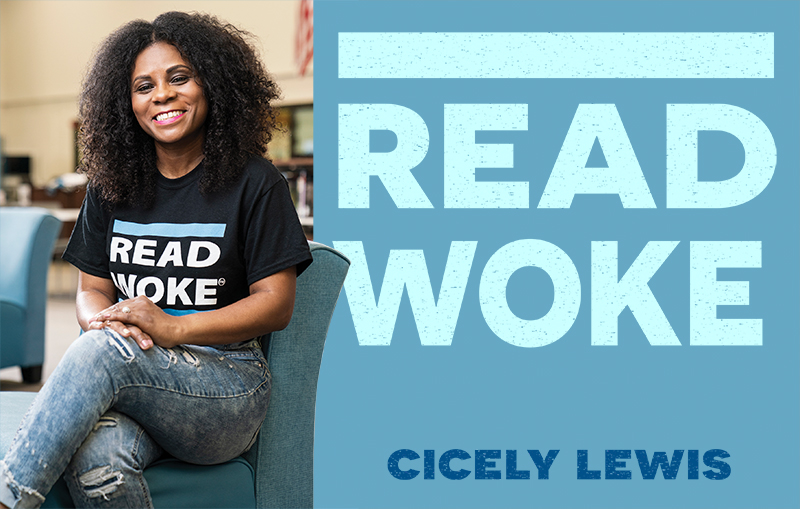
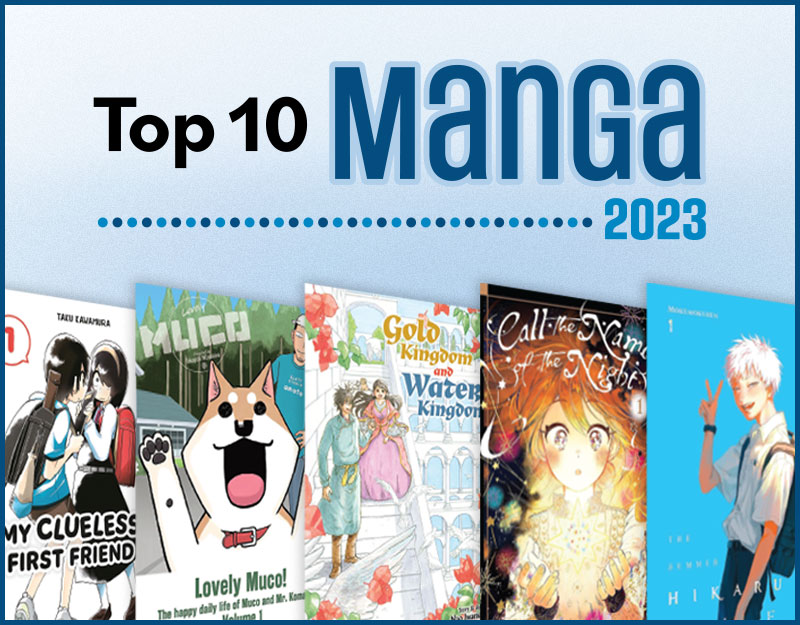
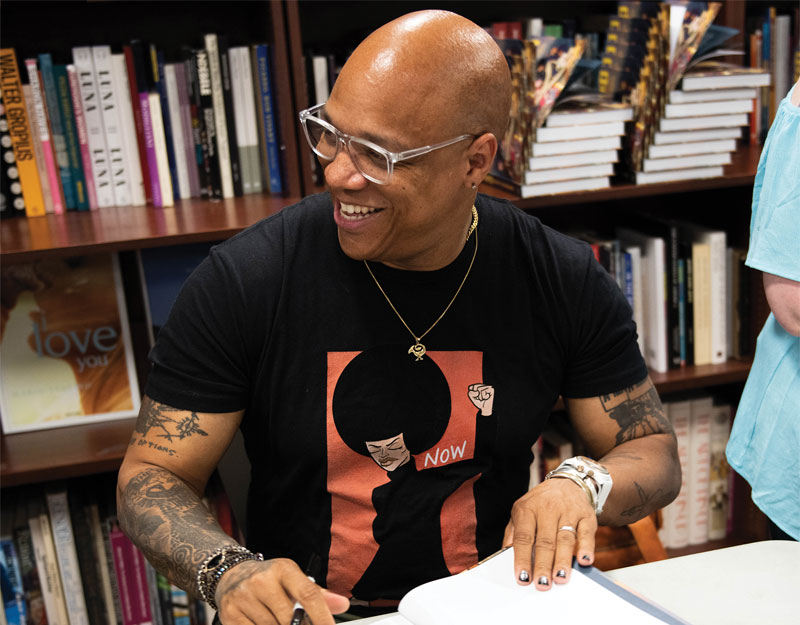
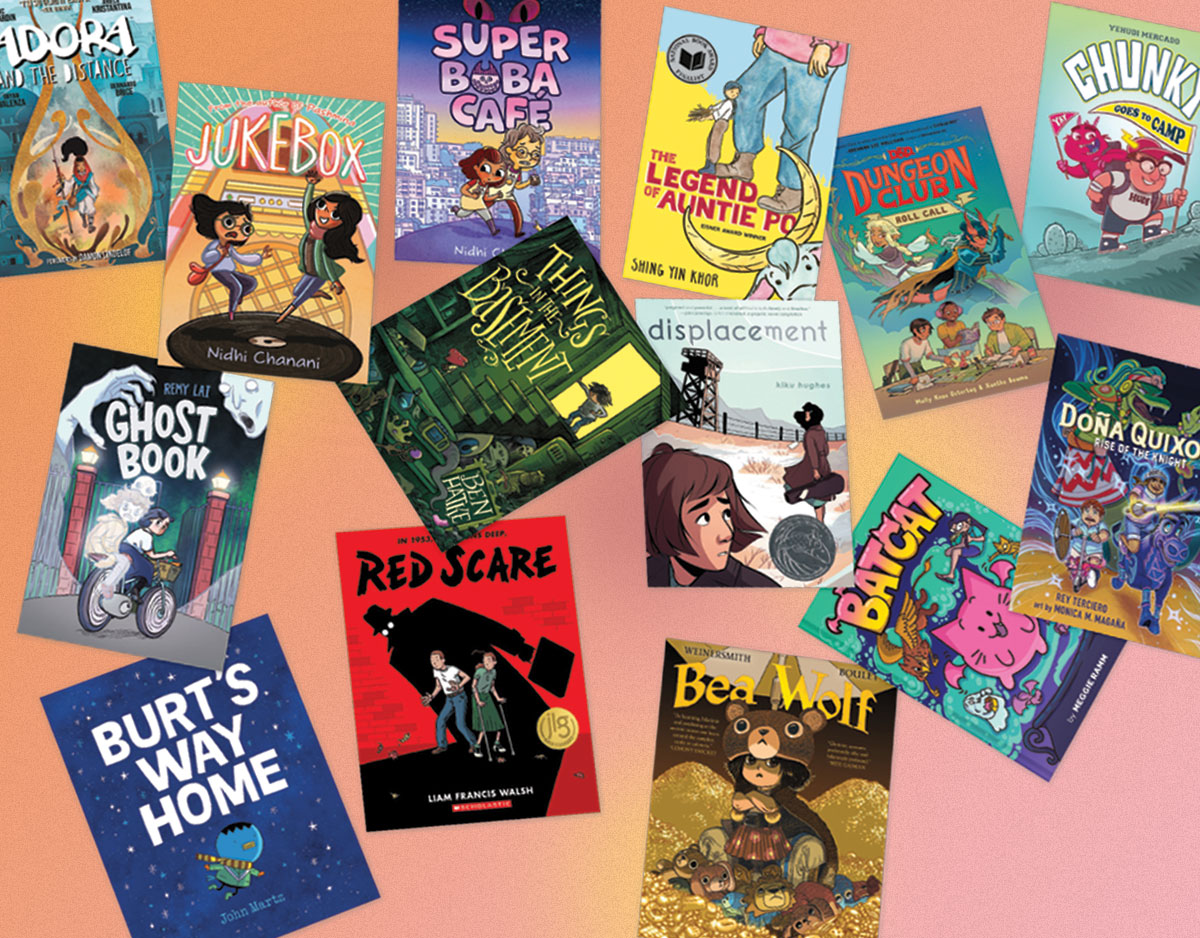
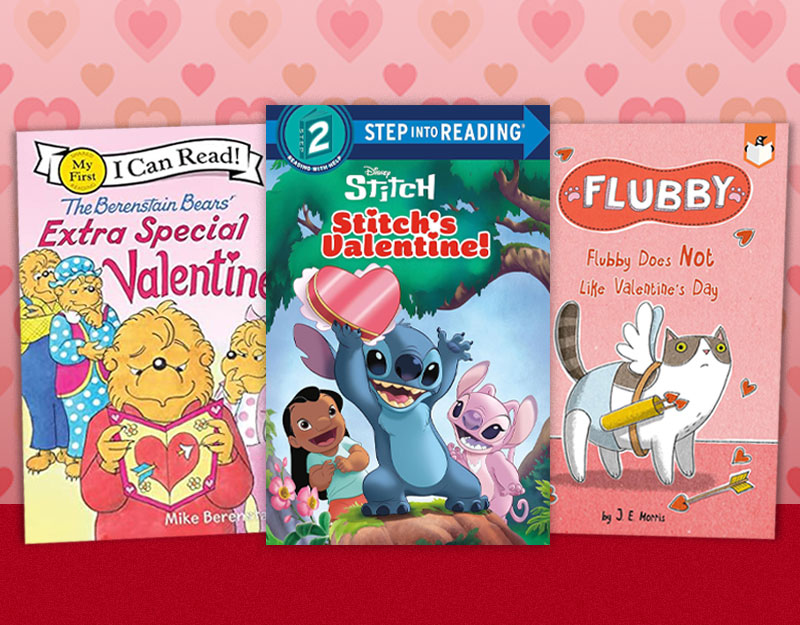
Fuse 8 is one of the first things I read each morning and, honestly and truly, it always lifts my spirit into fighting mode. Fighting for new topics, top quality, diversity, imports, inclusion, small publishers, small readers… Today’s post has me hanging here with boxing gloves on, daring anyone to belittle today’s craft. SO MUCH love for this post. Thank you for sharing your brain and time with us each day.
Overall I think picture books today are SO MUCH BETTER than in the old days. I mean, I love Corduroy and the Frances books as much as anyone but today’s art is just wowzers and there’s something to be said for the economy of words. And nonfiction picture books – well, did they even exist when I was a kid? I’m actually really jealous of kids today.
I’ll second Rachel’s thoughts: I am jealous of kids today! I get more excited about picture books now than I ever did as a child. Exquisite, exceptional, and spot on. Thanks for your “impatience” today.
Love it! THANK YOU for speaking up, Betsy!
Kudos! Lots more examples you could share. Those allegations are ridiculous. The state of children’s books today is awesome!
You nailed it, Betsy. Kid lit is as fine today as it has ever been, and hopefully it continues getting better while also getting more inclusive.
This:
“Do you like it when the protagonist gets eaten?”
And the answer is, “Of course we do!”
Certainly, Kevan, but some readers apparently find such stories hard to digest.
OOOOOOOHHHHHH! Drop that mic, Michael. Drop it I say.
LOL! I haven’t been keeping it up, but I’ve got a whole Pinterest board called “Someone Gets Eaten.” https://www.pinterest.com/sonderbooks/someone-gets-eaten/
I’ve got an outreach storytime with that topic!
https://inshortbusy.blogspot.com/2017/03/outreach-storytime-chomp-lets-eat.html
Maybe it’s the small trim sizes. I am joking, except that it is almost impossible to publish small trim size books now as they’ll “get lost in the store.” I can’t tell you how many times I’ve had to discourage authors and illustrators from trying to make their own Little Nutshell Library.
To say nothing of THE LITTLE FUR FAMILY published in real rabbit fur.
Having spent a few weeks weeding out old picture books from the ’60s and ’70s, I can say with confidence *that* was the real low point. So many black and white picture books of cats! So many books with abstract line drawings that are not even remotely appealing to a child!
I need to reread my MINDER’S OF MAKE-BELIEVE by Leonard Marcus. Am I right in believing that there was a time when publishing had less money to spend on colored inks, or am I just making that up?
I’m not sure if it was that publishers had less money to spend so much that it was the coloring process was not as advanced, and so it was much more expensive to use colors than it is now. In addition to black and white, a lot of books just used two or three colors rather than a full palette. At least, that’s what my memory is dredging up.
Thank you Betsy! Great words as usual!
Excellent! Although I love many classics I’m even more in love with the works coming out today and tomorrow as we writers become more bold and less apologetic. Thanks for speaking about independent presses. They do such a great job bringing representation and artistic children’s lit to the world.
As someone who loves picture books (new and old) and who appreciates very much a lot of the books I’ve read about from you first, I get the frustration. However, My guess is that a lot of these people just haven’t been exposed to the really excellent picture books of the last ten years (Crown, A Different Pond, The Funeral, Accident!, Leave Me Alone, etc etc) and think that books like the newer Pete the Cat books are representative of the state of children’s books because they are ubiquitous and sell well. And I see that you eventually get to the same point by the end of your post, but I don’t think the way this post is worded is going to change any minds.
I’ve had people come into the library saying similar things, so I’ve just handed them stacks of books that include both classics and new ones that they probably didn’t know about, and have had a a lot of success with that. People just need to be exposed to new things. We also have to remember that not everyone has made kid’s lit a big part of their lives or their careers, and maybe don’t really know how to find books. Granted, most of these people probably won’t make their way over to SLJ’s blogs, so will never read this, but still, at times the post reads like condescending people for being condescending, which I can’t imagine would ever lead to a positive outcome.
I wondered if anyone would point out that I was preaching to the choir. It’s such a nice choir, and they don’t tend to mind my preaching, so preach I do.
You are correct that most of the folks that read this will not be the folks that make those random Facebook comments. Am I condescending to the condescending? Guilty as charged. The only way to change hearts and minds is for folks to go to librarians like yourself. Very clever to mix in the classics with the new stuff, by the way.
I had a whole side note to this piece at one point about how so many folks only see children’s books when they walk into Barnes & Noble, but I couldn’t think of an elegant way to work it in. I would love to see a poll of average Americans to see where they learn about children’s literature for their kids.
In the end, I’m taking aim at folks that claim to know the whole of current children’s literature and compare it to the past without having all the facts at hand. Here then are some facts, which they may take or discard as they prefer.
Bravo! Bravo! Bravo! Thank you Betsy!
Hear! Hear!
Yep! What she said!
What I find is that my students (who were born 2005-2007) think that books older than they are are ancient. Styles change, even in picture books, and many times older titles don’t reflect the readers. Great post!
I agree with Sendak re big publishing playing it safe. It’s a shame but thank goodness for independent publishers and for imports of international titles. (Some of the funniest picture books I’ve read recently have been from France.) And since you brought it up, what is so wrong with a longer picture book? You’d think a crime was being committed if you wrote a fictional picture book that exceeded (gasp!) 500 words.
I couldn’t agree more. Picture books nowadays are AMAZING! I have nieces that as the librarian aunt, I always give picture books to and my problem is narrowing it down to only a few each year!
And another niece is collecting art by African-American artists so I give her fabulous books every year to include.
SO MUCH BETTER than when I was a child in the sixties.
SING IT BETSY
Oh yeah. You just hit on a huge pet peeve of mine!!! Here, I think, is a big part of the problem: Someone goes to Target, Kohl’s, or Walmart, or perhaps their local grocery store, or even THAT bookstore (you know the one), glances briefly at the face-out shelving in the children’s section, shakes his or her head and sighs–perhaps even tsks–and then proceeds to lament the state of children’s books today. UGH!!!
Well, said. Almost too well said. It makes me wish I were you!
I envy all of todya’s wonderful nonfiction about what girls can grow up to be. All I had when I was growing up was Clara Barton! Florence Nightingale! For this alone, we are living through a glorious age.
I meant TODAY’S nonfiction. I got my dander up and typed too quickly.
Yup. We had Amelia Earhart too, but she died alone on an island somewhere, so what does THAT tell you?
I read about Helen Keller. A LOT.
Because I always like a literary challenge, though your point is certainly largely true, here are some children’s classics that aren’t white-white-white, in addition to E. J. Keats’s The Snowy Day (1962): A Chair for My Mother by Vera B. Williams (1982), How My Parents Learned to Eat by Ina R. Friedman (1987), Mildred D. Taylor, Roll of Thunder, Hear My Cry (1976); Sydney Taylor’s All-of-a-Kind Family (1951); Zilpha Keatley Snyder’s The Egypt Game (1967); Astrid Lindgren’s Noriko San: GIrl of Japan (1956; OK, I haven’t read that one in a long time, so I don’t know how it would hold up), Cynthia Voigt, Come A Stranger (1986), E. L. Konigsburg, About the B’nai Bagels (1969) and The View From Saturday (1996), etc. Couldn’t resist listing a few!
I didn’t realize How My Parents Learned to Eat was that old. THAT might solve a problem for me that I’ve been pondering for a while. Thank you!
Unless I am missing something, I believe all but one of the authors listed above are white.
And yet… nostalgia is at work in powerful places like last year’s Caldecott committee.
Sophie Blackall’s book about that lighthouse and the people in it is rife with nostalgia for a white America.
Nostalgia is also why people love Hamilton, The Musical.
That white nostalgia is a significant reason why we have this __ president, who told people their nostalgia for an idyllic past (that did not exist, FFS) could be realized with him as president.
It all makes m
I don’t think anyone loves Hamilton because of nostalgia. None of us remember that era (although yes, you can be nostalgic for something you didn’t experience, but I don’t think too many Americans are nostalgic for the 1770s) and the presentation is so different than what we were taught, and focuses on a figure who was at best minor in our history lessons. I think people love Hamilton because of its newness – the format, the amazing rhyming, the cross-cultural casting. The exact opposite of nostalgia.
I also disagree that HELLO LIGHTHOUSE is a book about nostalgia. It seems to me that HELLO LIGHTHOUSE is a book that celebrates work and human connection. The lighthouse keeper’s work is repetitive, lonely and sometimes arduous, but the lighthouse keeper is steadfast in his duties; other people are depending on him for safety. The lighthouse isolates him, but he is also connected to the rhythm of the seasons and animal migrations. In time he marries and has a child. Sophie Blackall uses light and wave patterns to suggest the vitality, movement and change in the environment: she uses circles brilliantly to suggest coziness and isolation, cyclic pattern and family life. Her drawings are realistic and informative–perfect for the literal child who is curious about how lighthouses are laid out–but also revealing of the keeper’s emotional life. This is a beautiful book, more than worthy of its gold medal, and should not be dismissed as a piece of nostalgia for white America.
I had commented on this post on Facebook yesterday, noting the contrast between the overwhelmingly positive responses to Betsy’s thoughts on nostalgia, versus the pushback BIPOC scholars receive when writing about nostalgia in children’s books. It was also notable to me that this post neither references that work from BIPOC scholars, nor acknowledges the role of white gatekeepers in creating nostalgic narratives about/within kidlit. All of those dynamics are also starkly evident in the comments here.
Can you post links to the scholars’ work to whom you are referring, for those of us not on FB?
Rachel J Fremmer, for just a few places to start (there is much, much more that could be cited here):
— Sarah Hannah Gomez had a recent article in the Horn Book titled, “Decolonizing Nostalgia: When Historical Fiction Betrays Readers of Color” https://www.hbook.com/?detailStory=decolonizing-nostalgia-when-historical-fiction-betrays-readers-of-color
— Dr. Reese’s 2019 Arbuthnot Lecture addresses relationships between nostalgia and Whiteness in children’s books: https://wpt4.org/wpt-education-livestream/?fbclid=IwAR30XwQFoR-__aBn7284ZI7soZl44rPureGG16Cf5KZIBO8ymEYNCw9Sres
— See also Dr. Reese’s summary post about nostalgia and the recent The ABC of It book and exhibit: https://americanindiansinchildrensliterature.blogspot.com/2019/03/a-critical-review-of-abc-of-it-why.html?m=1
— “The Cat is Out of the Bag: Orientalism, Anti-Blackness, and White Supremacy in Dr. Seuss’s Children’s Books” by Katie Ishizuka and Ramon Stephens (reactions to the article from many white readers and mainstream news outlets have also been very much rooted in white nostalgia.) https://sophia.stkate.edu/rdyl/vol1/iss2/4/
— “Much Ado About A Fine Dessert: The Cultural Politics of Representing Slavery in Children’s Literature” by Dr. Ebony Elizabeth Thomas, Dr. Debbie Reese, and K.T. Horning addresses nostalgia and representations of slavery in children’s books. https://www.academia.edu/29353278/Much_Ado_About_A_Fine_Dessert_The_Cultural_Politics_of_Representing_Slavery_in_Children_s_Literature
— Dr. Ebony Elizabeth Thomas hasn’t yet published her Reading and Remembering study, but she discusses that scholarship here: https://twitter.com/ebonyteach/status/1014497207821787136?s=21
See also Dr. Reese’s comment above, and the immediate pushback against it.
My thoughts exactly…
Goes back to the publisher and how it represents /champions a book and their book creatives to the public. Then, the creative also needs to work within the circle of 6 I talked about at 42nd St. The 1% pyramid type marketing is not helpful. Also, who can get a word in edgewise when authors and illustrators are now competing with editors and agents and art directors (who are still on publishing salaries, mind you) pimping their own books instead of their clients, or they are pimping for their spouse or kid or some other co-dependent. Several I see on my Facebook feed. Who can compete when the publishers say they have no marketing money for all yet throw elaborate costume parties at Halloween, etc? I always wonder if that is done with marketing funds. The results: book creatives have no marketing training so they sell books to each other in a small orbit.
I work with children daily and go with them to the library. I see the books they pick. For many, it’s books with words they can read AND good colorful pictures. Almost weeky, they will choose books with glorious pictures but since there is rarely anyone to read those books to them, they return to Pete the Cat and diapered superheroes. Also don’t underestimate the value of humor. It’s not all potty jokes out there. Kids love irony and a bit of safe irreverence. The good news is that they are still reading books!
ps I never blame the readers. They can only buy / read what is put out there for them to see. Considering the source is wisdom.
I see and hear two different things going on today. So many people agree (people I run into at conferences and some of the picture-book loving library patrons I serve) that this has been a truly great decade or so for fresh, exciting, diverse picture books finding new ways to tell their stories. And yet when I look at bestseller charts in PW or go into some bookstores, this vibrant time is hardly represented. The old chestnuts still populate the top twenty charts, and you cannot find some of the more acclaimed books of recent memory on the shelves.
There are some picture book creators working today who are among the very best ever and they are extremely underrated. For example, in terms of storytime books, I think Keiko Kasza ranks with the finest picture book writers currently working. Her stories offer twists, surprises, and just a slight bit of mayhem that keeps young listeners/readers hooked. I believe her books can be used to teach young aspiring writers in grade school about plot and narrative.
Betsy named a bunch of 2019 books that deserve special mention. I am probably repeating some of what she wrote but books like Vamos! Let’s Go to the Market, Saturday, My Papi Has a Motorcycle, The King of Kindergarten, Going Down Home with Daddy, A Stone Sat Still, Small in the City, Bear Came Along, My Footprints, Fry Bread, The Undefeated, When Aidan Became a Brother, Daniel’s Good Day, Pokko and the Drum, Crab Cake, B Is for Baby, The Thing About Bees, Vroom!, Truman, Big Bed for Little Snow, Not Quite Snow White, Zombies Don’t Eat Veggies!, The Happy Book, When Spring Comes to the DMZ, Why? (both of them), and the riotously funny The Very Impatient Caterpillar (among many others) are thrilling and worthy of praise and discovery. Getting them, and other current delights, into the hands of today’s readers is what it’s all about–it should be our goal as librarians and teachers.
I agree with the idea that today’s books fit the children of today, but there are a few that stand the test of time and will always be on any list of fabulous picture books that every library needs–Caps for Sale, Millions of Cats, Eloise, and I would say it may be nostalgia, but I think it’s just great children’s lit when children of today beg for older titles as much as the newer ones. Just one retired elementary librarian’s view!!
Oh, I’m not knocking classic children’s books. I’m just taking issue with anyone who would sigh and wonder why today’s books don’t stack up against them. But I love classics, absolutely.
Sure, but for every classic that has stood the test of time there’s at least 9 more that were forgotten within five years, and another 90 that, after a generation or too, just didn’t appeal to the new readers and weren’t fondly enough remembered by the older ones to last.
I am late as usual but want to point out that Betsy has done a tremendous amount of nostalgia-focused posts—with a positive angle—in the past. I find this about-face, with no self-examination at all, jarring and troubling.
Loving the classics and loving today’s books are not mutually exclusive. She says so above, as do I.